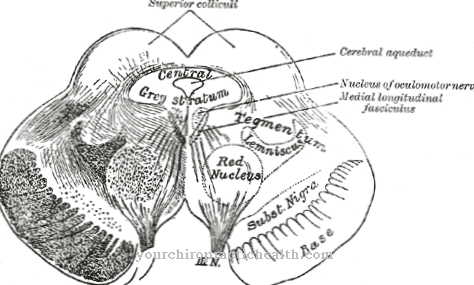A Molar Incisor Hypomineralization (also as MIH known) is a developmental disorder of the teeth. However, when it comes to the cause, doctors are puzzled; no actual reasons have yet been found why molar incisor hypomineralization occurs.
What is Molar Incisor Hypomineralization?

© MicroOne - stock.adobe.com
The Molar Incisor Hypomineralization is a new phenomenon that can occur in the first permanent molars or the incisors. In a few cases the canines are also affected by molar incisor hypomineralization.
The doctor finds yellowish-brownish defects or discoloration in the tooth enamel on the affected teeth; As a result, the teeth become sensitive to temperature, so that those affected report pain.
causes
Children who suffer from molar incisor hypomineralization have less tooth enamel than children who have healthy teeth. The reasons for molar incisor hypomineralization are not known. Doctors suspect that sometimes several factors are decisive for the new phenomenon.
Possible causes and factors include infectious diseases such as otitis media, pneumonia, chickenpox or feverish infections, bisphenol A (so-called plasticizer, which can also be found in pacifiers and drinking bottles), nutrient deficiencies (e.g. calcium deficiency in children), dioxins in breast milk or hereditary factors .
Symptoms, ailments & signs
In the context of molar incisor hypomineralization, the doctor observes defects in the tooth enamel that can occur in the molars, incisors or canines. The affected teeth change color to yellow-brown or creamy-whitish. Due to the load on the teeth (e.g. when chewing), it is possible that parts of the tooth enamel can break off or flake off.
In many cases, the affected teeth are also very porous. As a result, those affected complain that their teeth are extremely sensitive to temperature, so that the so-called hot-cold change can cause severe pain. Mechanical stimuli can also cause pain. Subsequently, those affected complain of pain during dental care.
Diagnosis & course of disease
The doctor recognizes the molar-incisive-hypomineralization during the dental examination. The discoloration is a first indication; A very soft or porous enamel is a further indication that molar incisor hypomineralization is present.
Molar incisor hypomineralization occurs when the affected teeth are erupted. How quickly the defects progress or how intense the pain and symptoms are depends on the individual form of molar incisor hypomineralization.
If the molar incisor hypomineralization is not treated by a dentist, the damage to the tooth enamel increases, which in turn leads to tooth decay. This means that the tooth substance will suffer further damage. A circumstance that is sometimes encouraged because those affected - since they are in pain during dental care - neglect their teeth cleaning and refuse to “brush their teeth”.
However, if molar incisor hypomineralization is discovered at an early stage, regular and very close checks can mean that new tooth enamel defects can be identified and treated relatively quickly.
Complications
The molar incisor hypomineralization primarily causes discomfort to the patient's teeth. This can lead to various defects or malformations in the oral cavity, so that those affected experience pain when ingesting food or liquids. Furthermore, the teeth are not infrequently colored yellow or brown, so that the aesthetics are reduced.
Those affected do not feel comfortable with this coloring and can suffer from inferiority complexes or from a reduced self-esteem. Teeth break off more often, so patients suffer from a reduced quality of life. Likewise, cold or warmth can also lead to pain or other unpleasant feelings. Taking care of your teeth is not infrequently associated with pain.
As a rule, early treatment is necessary for molar incisor hypomineralization so that there are no consequential damages in adulthood. Various interventions are necessary to care for the teeth and protect them from external influences. As a rule, there are no particular complications. In many cases the teeth have to be replaced with implants. The life expectancy of the person affected is not influenced or reduced by molar incisor hypomineralization.
When should you go to the doctor?
If any irregularities in the growth of the teeth are noticed, a doctor should be consulted. Pain, discomfort or an increasing sensation of pressure indicate health problems of the person concerned, which should be examined and treated. If the existing symptoms gradually increase in intensity, action is required. Molar incisor hypomineralization primarily affects children who are in the growth phase of their second teeth. Changes in the enamel, discoloration of the teeth and flaking of the tooth substance are unusual and should be presented to a doctor. If you experience pain during dental care, loss of appetite or weight loss, a doctor is needed.
Complaints when changing food in hot and cold temperature indicate inconsistencies. You should be examined in a timely manner before there is any further deterioration in health. If the child suffers from a headache, refuses food completely or if concentration is impaired, a doctor should be consulted. Learning problems, deficits in attention, behavior problems and sleep disorders are further signs of an existing inconsistency. A visit to a doctor is advisable as soon as the symptoms persist for several weeks. Withdrawal from participation in social and social life, strong crying, mood swings, fatigue and apathy should be discussed with a doctor.
Therapy & Treatment
In addition to the treatment of the tooth damage that has occurred and the symptoms, other methods are also available so that molar incisor hypomineralization can be treated. However, there is no uniform therapy or treatment recommendation, so that the doctor has to create individual treatment plans - depending on the extent of the molar incisive hypomineralization.
It is important that treatment is given early. This is the only way to protect the teeth from even worse damage. This means that regular check-ups are important. This is the only way to ensure that new damage is not only recognized quickly, but also treated immediately. One possibility is fluoridation.
The doctor can treat the hot and cold sensitivity of the teeth and make the affected teeth less sensitive to pain. In addition, the person concerned should use a toothpaste with a high fluoride content and also use mouthwashes containing fluoride.
A very slight form of molar incisor hypomineralization can be treated with fissure sealing. The doctor seals the resulting fissures; the recesses that have appeared in the chewing surfaces can be closed with a special material. This prevents any caries bacteria from nesting.
The doctor can also treat any tooth defects with fillings. It is important that consideration is given to those affected; Such treatments can be painful, so the dental fillings should only be placed under local anesthesia. It is important that the dentist prevents any painful treatments, as otherwise the person concerned will get “dental fear”. This could mean that he does not take advantage of further treatments and therapies, which leads to an enormous deterioration of the teeth.
Tooth crowns are another treatment option for molar incisor hypomineralization. The method is only possible if the molar teeth are affected. Many dentists see crowns as a relatively uncomplicated solution, as they not only protect the hard tooth substance, but also make problems with sensitive teeth a thing of the past.
Furthermore, crowns are also durable and represent a long-term solution to the problem. The method cannot be used with incisors or canines. However, if the tooth enamel repeatedly flakes off or the tooth is so sensitive that the person concerned is permanently in pain, in many cases only the extraction of the tooth remains. The tooth is then extracted.
You can find your medication here
➔ Toothache medicationOutlook & forecast
The treatment of molar incisor hypomineralization is achieved through various therapeutic measures. The prognosis is accordingly positive. If the dental condition is diagnosed early, treatment can be effective and the condition can be completely eliminated. The prognosis is based on the condition of the teeth and the selected therapy method.
It is crucial that parents are fully informed. In addition, the dentist must be sufficiently informed about the little-researched disease. If tooth decay and pain fractures can be avoided, the prognosis is positive. In addition, the condition should be determined in the child's first four years of life. If this succeeds, there is a prospect of a full recovery. A prerequisite for a good prognosis, however, is that the child now takes care of the teeth and informs the parents about pain or other complaints.
The dentist makes the prognosis with regard to the condition of the teeth, the time of diagnosis and the parents' willingness to cooperate. Life expectancy is not restricted by molar incisive hypomineralization. The well-being can be limited until the end of the treatment, as severe pain can occur and the external abnormalities trigger feelings of shame in the child.
prevention
No preventive measures are known. This is because the cause and the reasons for molar incisor hypomineralization is not yet known. It is advisable to pay attention to oral hygiene or if the first symptoms appear that suggest molar incisor hypomineralization, a dentist is consulted immediately so that any negative course of the disease can be prevented.
Aftercare
The specific follow-up measures for molar incisor hypomineralization usually depend on the success of the treatment. The affected patients have to undergo intensive follow-up treatment as they are more susceptible to tooth decay and other diseases of the teeth. It is important to regularly check the restorations with which the defective teeth are usually treated.
In young patients, only therapeutic interim restorations, which must be closely monitored, are often used. Sometimes it is necessary to replace these several times before a definitive solution is possible. The adhesion of all forms of restorations to hypomineralized enamel is generally much worse than that of healthy tooth enamel.
Therefore, there are often further complications. In addition, there is an increased risk of further defects for those affected. In addition to a close dental check-up, intensive daily dental care is necessary. The patient must strictly follow the instructions of the treating dentist.
Ideally, you should examine the results yourself regularly. In addition, it is advisable to have dental hygiene performed every few months. Another aftercare measure is adherence to a tooth-friendly diet. This is particularly necessary in children with molar incisor hypomineralization.
You can do that yourself
Although there is no generally accepted method or approach to treating molar incisor hypomineralization and the disease has not been fully explored, some of the symptoms can be limited by means of self-help.
However, the focus is on early diagnosis of the disease, as this can prevent further complications and damage to the teeth. The affected person should see a doctor at the first sign of the disease. Furthermore, the person affected should use a toothpaste that contains a lot of fluoride and is indicated for teeth that are sensitive to pain. Mouthwashes that have a high fluoride content can also be used here. This will strengthen the teeth.
However, self-help is no substitute for a visit to the dentist. A doctor should therefore always be consulted in the event of pain or other unpleasant sensations on the teeth. If the patient suffers from a fear of the dentist, an appropriate specialist should be consulted. A visit to a psychologist or a detailed conversation with a trusted person can also have a positive effect on fear. In many cases, the symptoms can be relieved permanently by using the crowns.


.jpg)

.jpg)
.jpg)


.jpg)
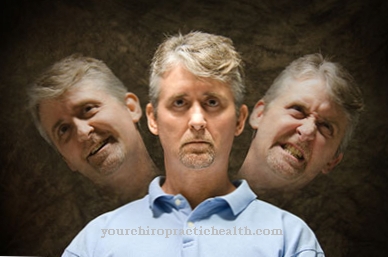
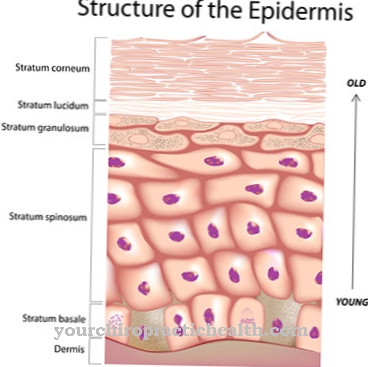
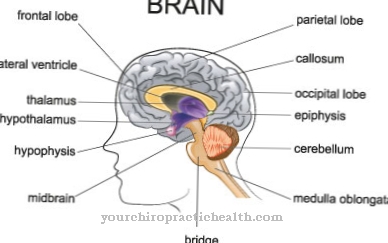
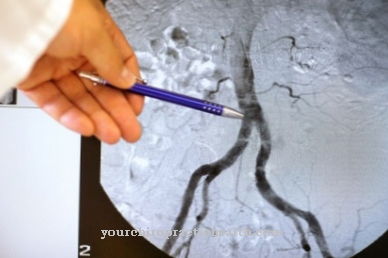
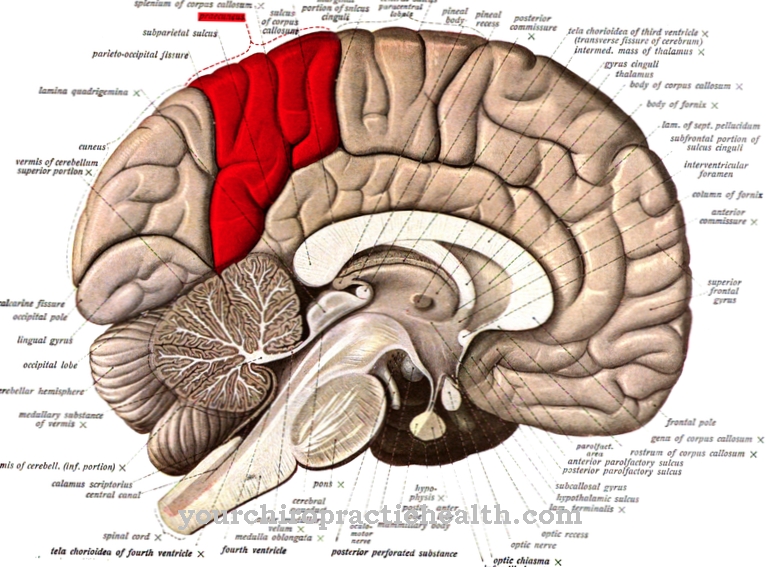
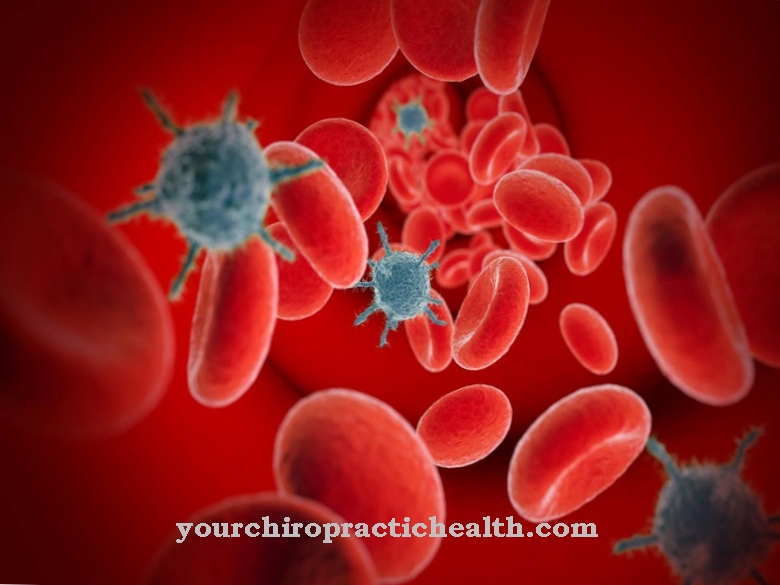


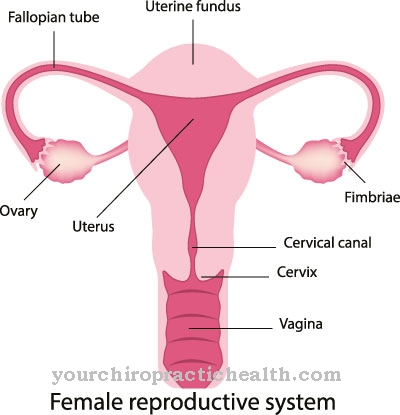


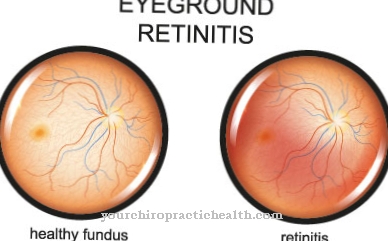


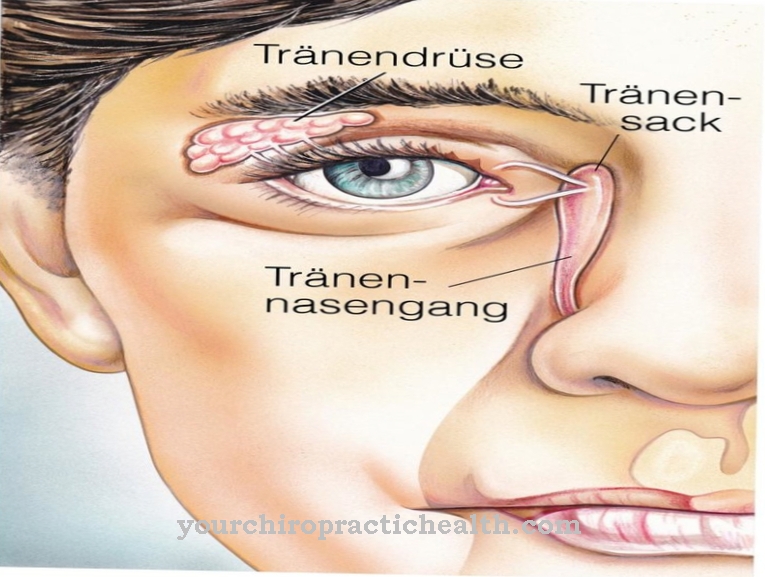
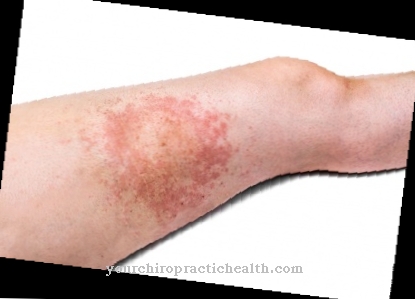


.jpg)
